Thirty years ago, in the movie Glengarry Glen Ross, the character played by Alec Baldwin stood in front of three struggling real estate salespeople. He delivered a speech meant to be motivational but vicious, with memorable lines like:
- “A.B.C. Always. Be. Closing. Always be closing!”
- “Only one thing counts in life: get them to sign on the line which is dotted.”
- “Coffee’s for closers only.”
(Here’s a link to the scene on Youtube—it contains adult language!)
Whether we like it or not—every business today involves some kind of sales. That is true whether we are selling an idea, an appointment, or a product. (However, the high-pressure tactics parodied in old sales movies are gone, and probably for the best.)
If you’re looking to get better at sales, then SPIN Selling is probably the book you’ll see recommended most often online. It pioneered what today is called “consultative selling.” At the center of this approach there are two simple yet powerful ideas:
- Large sales require a much different approach than small sales.
- Questions are a more effective sales tool than pressure.
So in this quick summary of SPIN Selling, you’ll learn about a few of the most important ideas from this classic book. That includes: Why you should actually close less often than usually recommended, how to increase the perceived value of your product, and how to lead your customers into telling you the benefits of whatever you’re selling
Who is Neil Rackham?
Neil Rackham is the founder of Huthwaite International, a company that offers training in sales, negotiation and communication. With a background in research psychology, he brought a level of scientific analysis to the world of sales training. The advice in SPIN Selling was based on over $1 million of research, analyzing 35,000 sales calls over several years.
💵 1. Close Less, Sell More: In larger sales, closing techniques that rely on pressure don’t work
Traditional sales training usually focused on the last part of the conversation: Closing. This means asking for the order. Getting them to sign on the line. Whatever you want to call it.
When Neil Rackham began his career, every sales ‘expert’ seemed to agree closing was critical. Beginner salespeople were often told to close at least 5 times per call. The classic techniques relied on pressure, like telling the customer there was another person waiting to buy the same car. The first time he tried one of these techniques, he made a sale and was immediately convinced of the power of closing.
However, over time Rackham began having doubts. He noticed many hostile reactions to closing, especially from the more sophisticated business buyers. Most importantly, his first research studies confirmed that closing more often actually leads to fewer sales.
But how could everyone be wrong?
Over time, Rackham realized that “the power of closing” was an illusion. Just because someone got a sale after a specific closing technique does NOT mean the closing technique was responsible for the sale.
Most often, the sale was made long before that, during an earlier stage of the call when the salesperson was asking questions about the customer’s problems and needs. And that is why SPIN Selling focuses so heavily on asking questions.
Personally, I have over a decade of experience in online marketing. 15 or 20 years ago, even online it was much more common to see pressure-based sales techniques, like false countdown timers. (Here’s a link to some examples.) However, with the rise of online transparency through customer reviews and social media, these short-term tactics can really backfire for any business’s reputation over the long term.
When it comes to closing, SPIN Selling does provide some pointers:
- Only close 1-2 times per call. Their research found people who close more often than that get fewer sales, on average.
- Suggest, don’t ask. Repeat the main benefits you’ve talked about, then suggest a next logical step for them to take.
- Begin each call with a goal. Larger sales often take more than one call to close, but you should still be aiming for something in each call, like getting access to a higher level of management. (The book calls these intermediate goals “Advances.”)
If you’re a beginner at sales, then you may also want to check out one of the more traditional sales teachers like Brian Tracy. He shares some basic but essential advice for how to start the sales conversation, how to overcome a fear of rejection, and how to achieve your goals faster.
One of my favourite quotes from Brian is: “The fastest way to increase your income is simple. It is the key to success in selling. ‘Spend more time with better prospects.’ This six-word formula is the recipe for high income in every market.” He found that most salespeople spend a surprisingly little amount of time actually talking to prospects, mainly due to fear of rejection or procrastination.
Read more in our summary of The Psychology of Selling by Brian Tracy
Classic sales training believed closing was the most important thing. Rackham’s research found this was an illusion: more closing often means less sales. However, you should still close at least once per call, suggesting their next logical step.
❓ 2. Focus on Questions: SPIN Selling is about four types of questions that guide the conversation
Near the end of this book, the author admits some experienced salespeople may see SPIN Selling as common sense. That’s no accident. This approach was created by backwards-engineering what the best sales people do on their best days.
What Rackham’s research team found is that great salespeople ask 4 types of questions, in a specific order:
- Situation Questions. This is about finding out background information. What is their current situation? What kind of equipment do they use? Etc… On his website, Rackham says that today most of this research can be done online, and should be done before the first sales call.
- Problem Questions. Quite simply, what problems do they have? What are they currently discontent about? Every product in the world is really the solution to some problem, but first you need to find the problems that you are able to solve.
Let’s try to understand why SPIN Selling begins with these two questions. A lot of people unfamiliar with selling think the best salespeople are “smooth talkers” who can convince anybody they have the greatest product in the world. But you’ll notice these questions are not about the product, but the customer. They make the customer the focus of the conversation, particularly their situation and problems.
The best recent negotiation book was written by Chris Voss, former head of hostage negotiation at the FBI. He discovered that, just like in sales, the best negotiators begin with asking questions, listening, and understanding the other side’s point of view. Here’s a great quote from Voss: “It all starts with the universally applicable premise that people want to be understood and accepted. Listening is the cheapest, yet most effective concession we can make to get there.”
Learn more in our summary of Never Split the Difference by Chris Voss
Here are the final two questions:
- Implication Questions. This is diving deeper into their problems, to find out all the implications or secondary effects of those problems. For example, an old printer that keeps breaking down could have implications like: employees wasting time, important documents containing errors, an unprofessional image to clients, etc. Basically, this makes the problem bigger in their mind, which then makes your solution looks more valuable.
- Need-payoff Questions. This is about having THEM tell you the benefits of your product. Like asking: How would a solution to their problem help them? And what other benefits would fixing this problem give them? Then you simply introduce your product as exactly what they just said they needed. (In my opinion, this is the really genius part of this book.)
New salespeople are often recommended a classic book called How to Win Friends and Influence People. It’s not about sales at all, but about people skills and how to get along with others. As it turns out, effective selling has a lot in common with effective communication of any kind. Here’s one of my favourite lines from that book: “The only way on earth to influence other people is to talk about what they want and show them how to get it.”
Read more in our summary of How to Win Friends and Influence People by Dale Carnegie
SPIN Selling is about asking four types of questions. Situation Questions find out basic information. Problem Questions find problems your product could solve. Implication Questions grow those problems in size. Need-payoff questions ask about the benefits of solving the problems, so you can then introduce your solution.
🔍 3. Expand The Problem: Implication questions help the customer see the problem more seriously
Objections have always been one of the biggest challenges in selling. This is when the customer tells you that your product is too expensive or missing some important feature. The classic solution was teaching salespeople “objection handling,” so they would memorize quick answers to the most common objections and concerns.
But Neil Rackham says the much better solution is to learn objection prevention—how to stop the objections from coming up in the first place. This is where Implication questions can help.
Implication questions are simple in practice. You simply ask how a problem is causing the person or company to lose time, money, effort, etc. In other words, what are the problem’s deeper effects, results or implications?
Implication questions help the prospect see the problem as bigger. And that causes them to also see a solution to the problem as higher in perceived value.
For example, I was recently looking at buying a car. Buying the wrong car could result in more frequent breakdowns (lost time), more expensive repairs (lost money), and frustration while driving (lost effort). When I think about all these implications, it feels reasonable to spend a little more to avoid headaches in the future. A good car salesman could ask the Implication question: Why is a reliable car important to you?
And that’s really the point of Implication questions: They reduce objections because the size of the problems now outweighs the cost of the solution. They are especially powerful at preventing objections relating to price in larger sales. In plain english: Implication questions make your product feel worth it.
SPIN Selling prevents objections with Implication questions. You increase the size of a problem in the customer’s mind when you ask about its deeper effects. And that increases the perceived value of your solution, which means less objections, especially around price.
🧭 4. Lead Towards Benefits: Need-payoff questions have them state the benefits of your product
Are you starting to feel down? That’s no surprise! All this talk of Problems and their negative Implications sure is making me glum! And that is surely not the best way to end a sales conversation! The good news is that SPIN Selling ends on a positive note…
Need-payoff questions ask: What are the benefits of a solution to your problem? How would this help you in other ways? Why are you interested in this feature (that our product has)?
These questions are focused not on what is wrong, but on what could be right. They allow the customer to talk about all of their own reasons for wanting to buy a product like yours. And when they are explaining all the ways a product like yours could improve their situation, then they are doing most of the selling work for you!
For example, as a teenager I worked in the electronic section of a large store. People would come in and ask about the GPS navigation devices for their cars. (This was before everyone owned a smartphone with Google Maps!)
So if I wanted to sell one of those GPS devices, I could have listened for them to talk about a benefit the product had, then dug deeper into it: “You say that you want a color screen. How would that help you?” Then THEY would explain all their reasons for wanting the product, and that would reinforce their decision to buy a lot more than anything I could have said.
Need-payoff questions change the focus from what is wrong, to the potential solution that could make everything right. Listen for them to say they want a benefit your product offers, then dig deeper with a question like: “How else would that help you?”
- List 5 problems your product solves. Then you’ll want to think about what questions would make the prospect tell YOU about these problems. Like if someone is looking to buy a second car, the problem may be their first car breaks down sometimes, so the salesperson can ask “Why are you looking for a second car? Is it a backup?”
- …Then list 5 implications for each problem. How does each problem cause secondary effects that cost time, money, or effort? This increases the perceived value of your product or service, which is especially important if it is higher priced. Back to our last example, the salesman could ask “Would having a second car ensure you get to work on time every day?”
- Close by proposing “the next logical step.” Forget asking awkward questions or ancient closing techniques that use pressure. To close, simply summarize all the benefits for them that you talked about during the conversation, then “based on what you’ve told me” propose the next step.

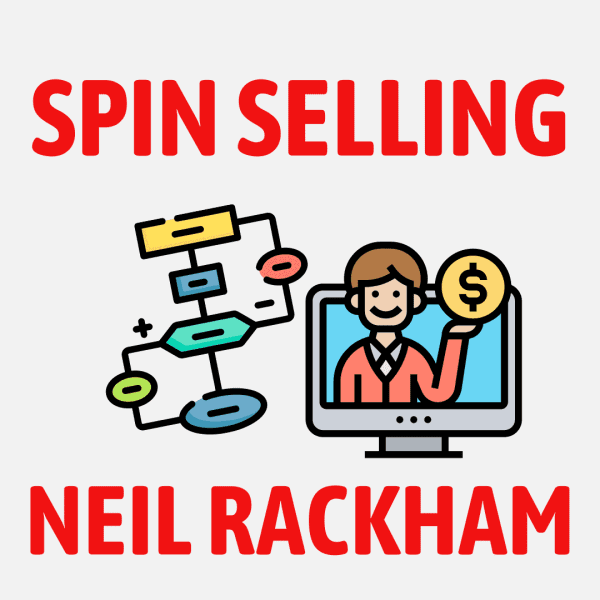


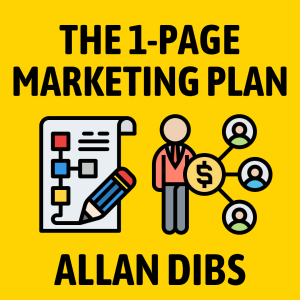



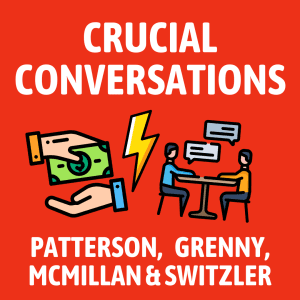
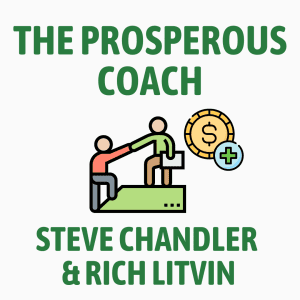
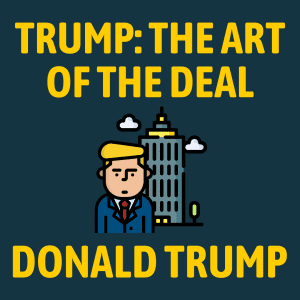
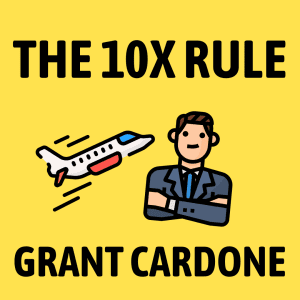












Community Notes